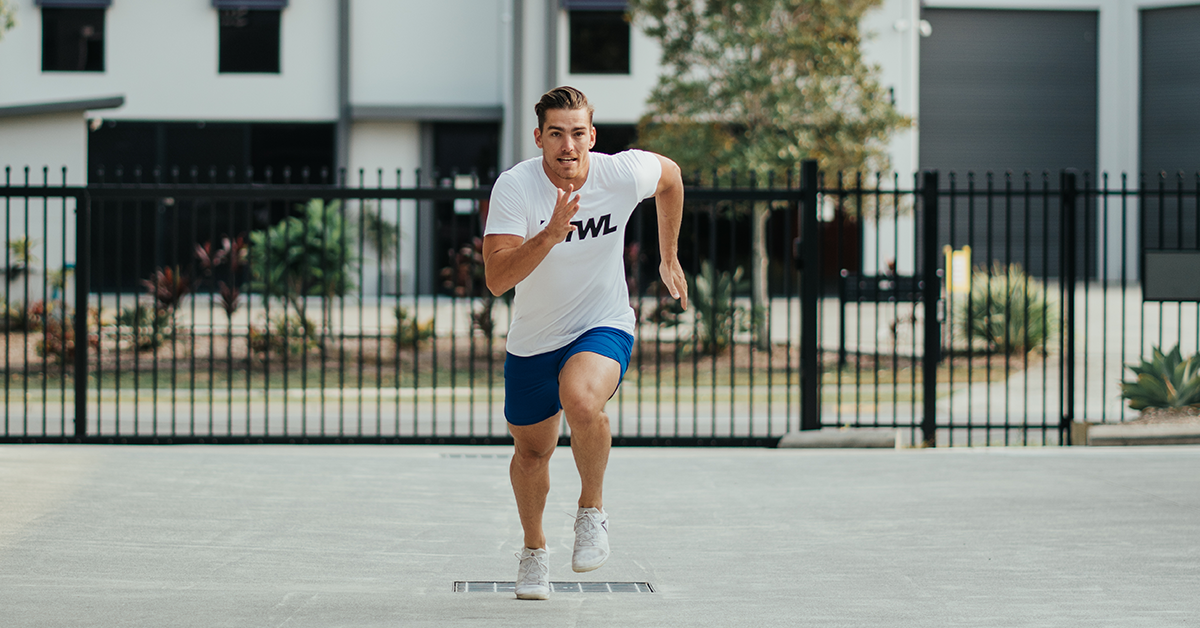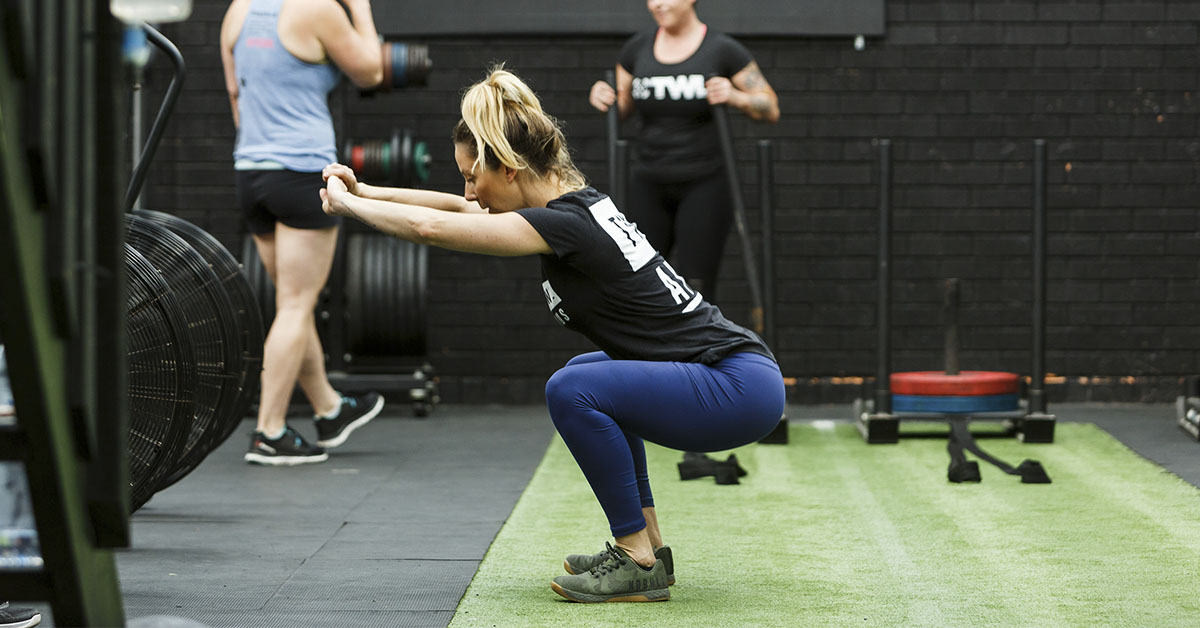You might’ve heard that cardio is great for building endurance, lung capacity, and heart health, but that it won’t make you stronger. Furthermore, maybe you’ve even been told that cardio can hurt your strength gains. It’s not that clear-cut of an answer, though, so let’s discuss: Can cardio build muscle? If so, how can you do this?
Will Cardio Build Muscle?
To answer your question, we’re going to ask you three more questions:
- What are your goals?
- What kind of cardio are you doing?
- How much/often are you doing it?
Let’s look at each of these.
Your Goals
If your main goal is to build muscle, then your priority should be strength training. Can cardio complement your weight lifting programming? Absolutely. But you shouldn’t let it dominate. The fact of the matter is that in order to build muscle, you need to spend time under tension. There’s no better fitness for putting your muscles under tension than strength training and weight lifting.
The Type of Cardio You’re Doing
There’s a big difference between steady-state cardio (like running on the treadmill for 45 minutes) and something like sprinting. Because sprinting is more explosive and requires short bursts of energy, it can be better at building strength while still torching calories.
The slow burn you get from something like steady-state cardio is more appropriate if all you’re focused on is burning calories — although we’ll still tell you that if you want to burn calories, build muscle. And if you want to build muscle, lift.
View this post on Instagram
Your Frequency and Duration
We’ve already touched on this, but it bears further explanation.
If you want to get stronger, and your programming includes three 30-minute lifting sessions and mile-long runs five times a week, you’re on the wrong track. Why? Because of what we said earlier: Your priorities are in the wrong place.
Can cardio build muscle? Yes. But you need to go about it in a specific way:
- You should use it to complement strength training, not replace it.
- Treat it as more of an accessory, not the main course of the meal.
- When you do opt for cardio, go for high-intensity training as opposed to steady-state cardio.
Also, we want to remind you that cardio doesn’t just mean treadmills and ellipticals. Want to get more bang for your buck? Turn weight lifting into cardio. “But weight lifting is… weight lifting,” you’re saying. Yes, but lift weights faster and tell us that it isn’t cardio. We dare you.
This could mean six sets of snatch triplets with 30 seconds of rest in between sets, five sets of moderately heavy thrusters with 30 seconds of rest, or a heavy dumbbell clean and jerk tabata.
If you’re looking to build strength but don’t want to give up your cardio, rest assured there’s a way to make both work and still achieve your goals.
Looking for more help? You might like our blog on beginner nutrition tips for building muscle.

















